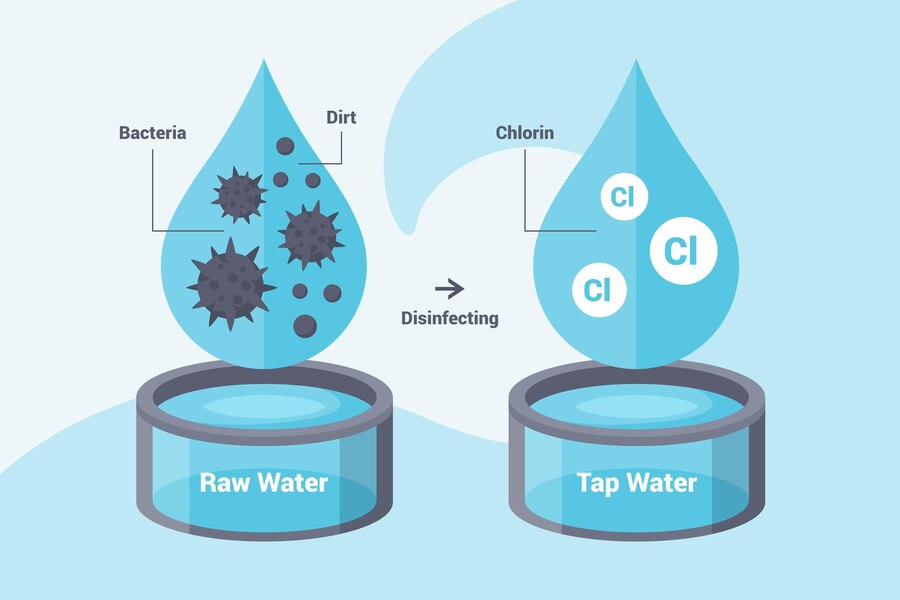Zero Water Tester How To Use

Water purity is paramount in various professional fields, from healthcare and food service to water treatment facilities. Ensuring that the water you use and provide meets the highest standards of purity isn’t just a regulatory matter—it’s also about commitment to quality. Enter the Zero Water Tester, a handy device that allows you to check water’s total dissolved solids (TDS) levels quickly and accurately.
In this blog post, we’ll guide professionals across industries on how to use it effectively.
Read More : Zinus Mattress How Long To Expand
Understanding the Zero Water Tester:
- The Zero Water Tester is a simple electronic device designed to measure the TDS in water. The concept behind TDS is straightforward—the lower the dissolved solids, the purer the water is. A TDS reading is a good indicator of water quality, but keep in mind that it doesn’t detect organic compounds or pathogens.
Step-by-Step Guide to Using the Zero Water Tester:
- Follow these steps to ensure accurate readings:
Calibration:
- Before using your Zero Water Tester for the first time, or if it has not been used for an extended period, you might need to calibrate the device according to the manufacturer’s instructions. This usually involves immersing the tester’s sensor in a solution with a known TDS level.
Remove the Protective Cap:
- Gently remove the protective cap from the tester. Some models may have a cap that also functions as a testing cup. If yours is one of these, be sure to fill the cap with the water you intend to test.
Activate the Tester:
- Turn on the Zero Water Tester by pressing the “On/Off” button. Wait for the reading to stabilize at ‘000’ if it includes an auto-zero function. Some testers will require you to immerse the device in water to activate it.
Immerse the Tester:
- Place the sensor end of the Zero Water Tester into the water sample. Ensure the water level reaches the designated line, but avoid getting the electronics (usually indicated by another line on the tester) wet.
Stir and Wait:
- Stir the tester gently within the water, then hold it still. After a few seconds, the tester will give a TDS reading displayed on the LCD screen.
Interpret the Reading:
- Interpret the displayed reading based on recommended TDS levels for your professional application. For drinking water, a lower TDS, typically between 0-50 ppm (parts per million), is considered excellent.
Record the Data:
- For professional purposes, maintaining records of water quality over time may be necessary. Log the readings in your system or record book for future reference.
Read More : Zline Oven How To Use
Clean and Store:
- After use, rinse the sensor with distilled water to prevent contamination and replace the protective cap. Store the Zero Water Tester in a cool, dry place to ensure longevity of the device.

Tips for Accurate Readings:
- Always use fresh samples of water.
- Avoid touching the sensor as oils and residue from your hands can affect accuracy.
- Replace the batteries regularly to maintain consistent performance.
- Follow manufacturer-specific instructions for maintenance.
Conclusion
- For professionals requiring pristine water quality, it is an indispensable tool. By understanding how TDS levels impact your specific field and following these steps to obtain accurate measurements, you can ensure that your water quality is nothing short of perfect.

